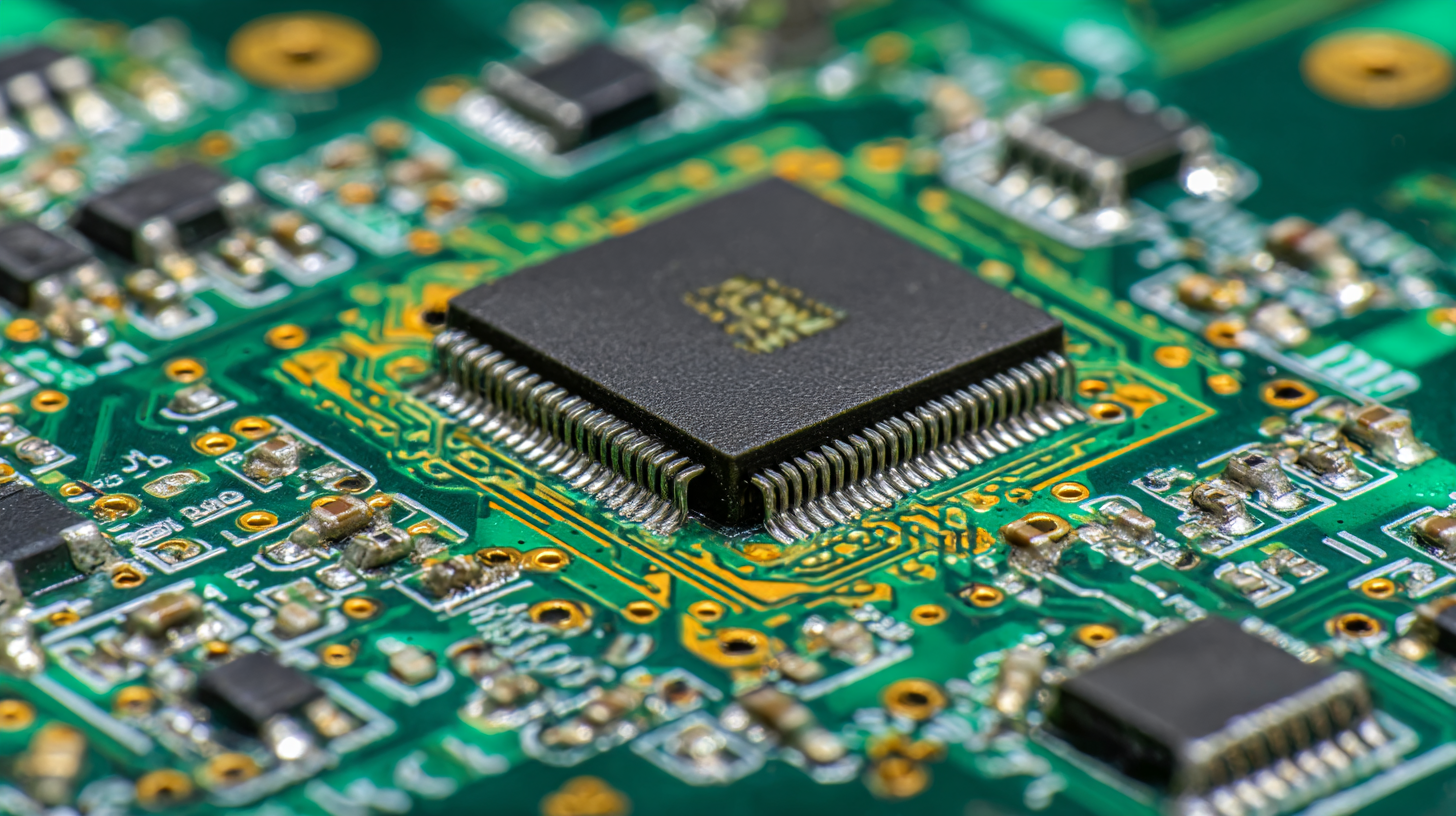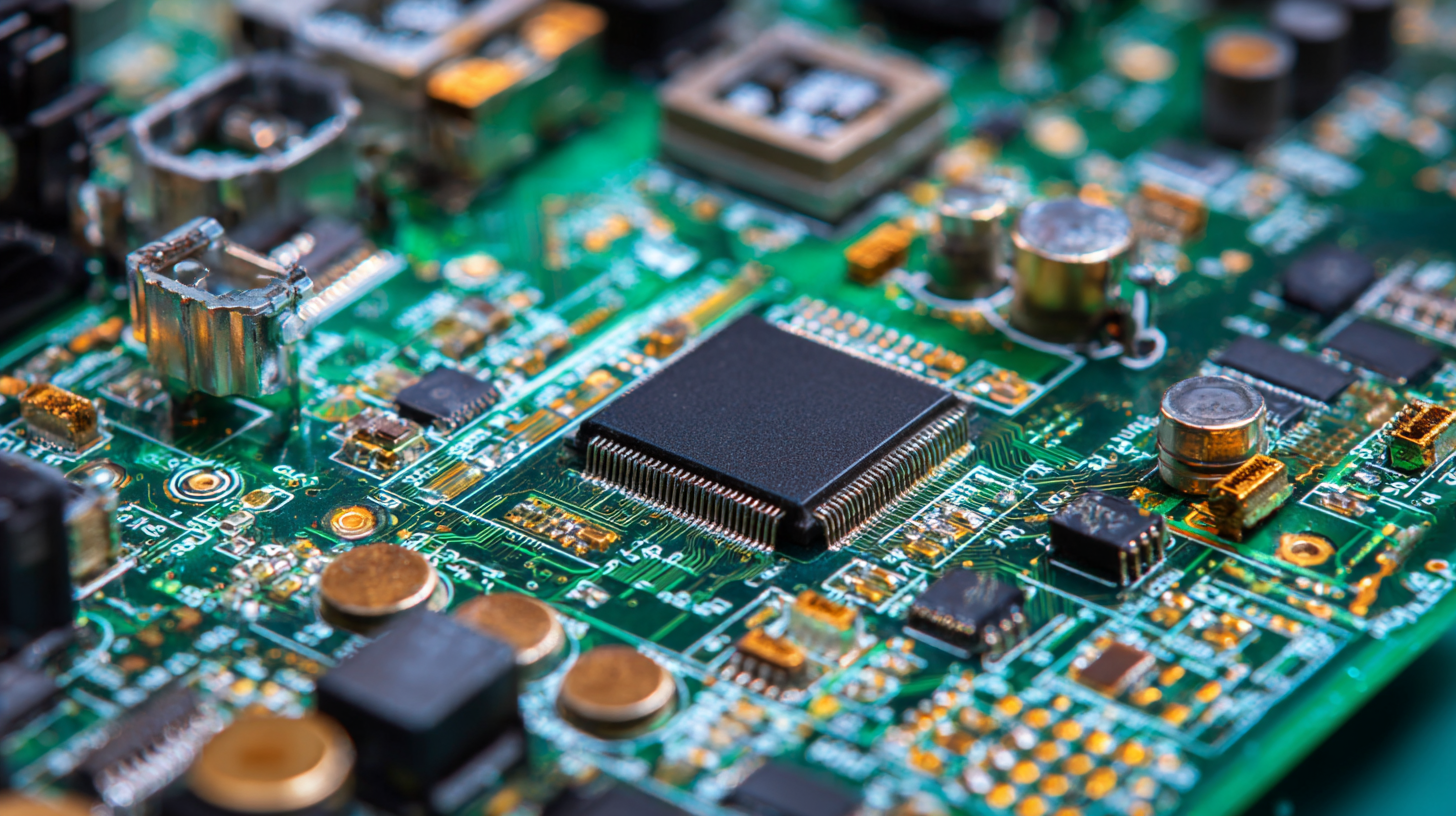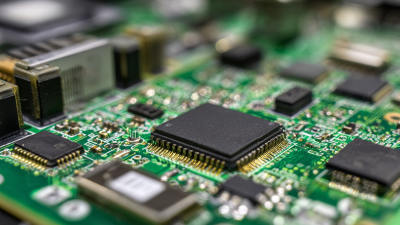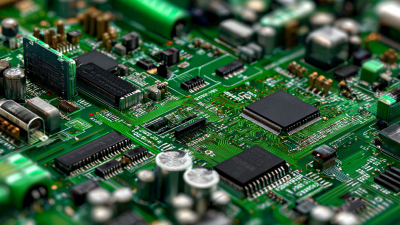- PCB Assembly
- PCB Fab
- Resources
- Company
- Blog
Revolutionizing Electronics with Flex Circuit Board Innovations at the 2025 China Import and Export Fair
The 2025 China Import and Export Fair, also known as the 138th Canton Fair, is set to showcase some of the most groundbreaking innovations in the electronics sector, prominently featuring advancements in Flex Circuit Board technology. As the demand for lightweight, compact, and flexible electronic components continues to surge, Flex Circuit Boards are becoming a cornerstone of modern electronics, driving significant changes in product design across various industries. This event presents a unique opportunity for manufacturers, suppliers, and technology enthusiasts to explore the latest trends and breakthroughs in Flex Circuit Board innovations. With the integration of these versatile circuit solutions, products are now able to achieve unprecedented levels of performance, reliability, and efficiency. The fair will highlight how Flex Circuit Boards are not just reshaping the landscape of consumer electronics but are also paving the way for future applications in fields such as healthcare, automotive, and wearable technology, thus revolutionizing the way we interact with our devices.

Advancements in Flex Circuit Board Technology Showcased at the 2025 Fair
The 2025 China Import and Export Fair has become the epicenter for innovative technology, particularly showcasing groundbreaking advancements in flex circuit board technology. These flexible printed circuit boards are redefining the electronics industry by enabling more compact designs and improving the durability of devices. With lighter structures and the ability to bend without losing conductivity, flex circuit boards are not only enhancing the functionality of consumer electronics but also making them more adaptable to various applications, from wearables to automotive solutions.

One of the exciting developments at the fair is the introduction of more sustainable materials for manufacturing flex circuit boards. These eco-friendly options not only reduce the environmental footprint of electronic devices but also meet increasing consumer demand for greener technologies. As manufacturers and engineers explore new fabrication techniques, the potential for integrating smart features into these flexible boards is expanding, paving the way for enhanced interactivity and performance.
Tips: When considering the adoption of flex circuit board technology, keep in mind the specific requirements of your applications. Look for manufacturers who prioritize quality and sustainability in their materials, as this will ensure longevity and better performance. Additionally, stay informed about the latest innovations and trends in this field to fully leverage the capabilities of flex circuits in your projects.
Impact of Flex Circuit Innovations on Consumer Electronics Market
The impact of flex circuit innovations on the consumer electronics market is profound and far-reaching. Flex circuits, known for their lightweight and flexible properties, allow for the development of increasingly compact and intricate electronic devices. This has led to a surge in the miniaturization of consumer products, enabling manufacturers to create sleeker devices that not only enhance user experience but also boost performance. As smartphones, wearables, and other portable electronics continuously evolve, the role of flex circuits has become crucial in meeting the demand for high-density interconnects and advanced functionality.
Moreover, the introduction of next-generation materials in flex circuit design has resulted in better durability and increased efficiency. These advancements reduce manufacturing costs while enhancing the reliability of consumer electronics. As the industry moves towards incorporating more sustainable practices, innovations in flex circuit technology also align with environmental goals, allowing for recyclable options that appeal to eco-conscious consumers. With key players showcasing these innovations at platforms like the 2025 China Import and Export Fair, it is evident that flex circuits are not merely a trend but a staple of the future consumer electronics landscape.
Sustainability Through Flex Circuits: Eco-Friendly Manufacturing Practices
The 2025 China Import and Export Fair is set to showcase transformative innovations in flex circuit board technology, emphasizing sustainability as a core principle. Eco-friendly manufacturing practices are at the forefront of this revolution, where traditional methods are being replaced with greener alternatives.
By utilizing recyclable materials and reducing waste during production, companies are not only enhancing the performance of their electronic components but also significantly lowering their environmental impact. This shift towards sustainability demonstrates a commitment to responsible manufacturing that meets both consumer demands and environmental regulations.
Additionally, advancements in flex circuit design contribute to energy efficiency, enabling devices to use less power without compromising functionality. The integration of sustainable practices in the development of flex circuits opens new avenues for reducing the carbon footprint associated with electronic manufacturing.
As the industry continues to innovate, the focus on eco-friendly solutions not only aligns with global sustainability goals but also sets a standard for future electronics. This evolution reflects a growing awareness of the importance of protecting our planet while pushing the boundaries of technology.
Case Studies: Successful Applications of Flex Circuits in Various Industries
The application of flex circuit boards has seen significant success across various industries, demonstrating their transformative potential. In the medical field, for example, flexible circuits are integral to the development of portable diagnostic devices. These slim, lightweight circuits fit seamlessly into handheld units, allowing for real-time monitoring of patient vitals. Companies have successfully utilized these innovations to create devices that enhance patient care while maintaining accuracy and efficiency.
In the automotive industry, flex circuits play a crucial role in advancing vehicle technology. They are used in advanced driver-assistance systems (ADAS), where flexibility and durability are paramount. A notable case is the deployment of flex circuits in adaptive lighting systems, which adjust based on driving conditions. The ability of flex circuits to withstand harsh environments while providing reliable performance has proven essential in enhancing vehicle safety and functionality.
Another compelling application is in consumer electronics, where brands incorporate flex circuits to create thinner, more versatile devices. For instance, smartphone manufacturers are leveraging this technology to design flexible displays that fold without compromising performance. This innovation not only improves aesthetics but also offers consumers cutting-edge functionality in a compact form. The successful integration of flex circuits across these industries underscores their pivotal role in driving the future of electronic design.
Flex Circuit Board Innovations in Various Industries
This chart illustrates the adoption of flex circuit boards across different industries, highlighting the increasing trend of their application in modern electronics. The data showcases the percentage utilization of flex circuits in major sectors as of 2025.
Future Trends in Flex Circuit Design and Development at the Fair
The future of flex circuit design is set to be a focal point at the upcoming 2025 China Import and Export Fair, reflecting significant innovations that are reshaping the electronics landscape. As noted in industry reports, the global flex circuit market is projected to reach $23 billion by 2026, driven by advancements in flexible materials and manufacturing techniques. At this year's fair, industry leaders will showcase trends such as the integration of AI in design processes, enhancing the performance and efficiency of flex circuits. This shift not only streamlines production but also reduces costs, positioning firms for growth in a highly competitive market.

Tips for navigating the evolving flex circuit landscape include prioritizing sustainable materials and exploring opportunities in sectors like wearables and IoT devices, which are increasingly relying on flexible electronics. Flex circuits are also benefiting from innovations in 3D printing technologies, allowing for rapid prototyping and customization that meets unique design requirements. Staying informed about these advancements will be crucial for companies looking to leverage flex circuits in their products effectively. Regularly attending industry events like the China Import and Export Fair can provide invaluable insights into these emerging trends and best practices.
Related Posts
-

How to Maximize Efficiency with Rigid Flex Boards in Your Projects
-

Solutions for Achieving the Best Printed Circuit Board Assembly Quality in High-Demand Industries
-

What is the Importance of Quality Control in Circuit Board Manufacturing
-

Unlocking the Advantages of Led Circuit Board Technology for Modern Electronics
-

A Comprehensive Comparison of Top PCB Circuit Board Manufacturers
-

Solutions for Exceptional Circuit Board Fabrication Techniques
Phone
 WhatsApp
WhatsAppEmail
Offer Electronics Manufacturing All-in-One
PCBONLINE® is a registered trademark or service mark of pcb online limited or its affiliates.
Copyright © 2001-2024 Pcb Online Limited. All rights reserved